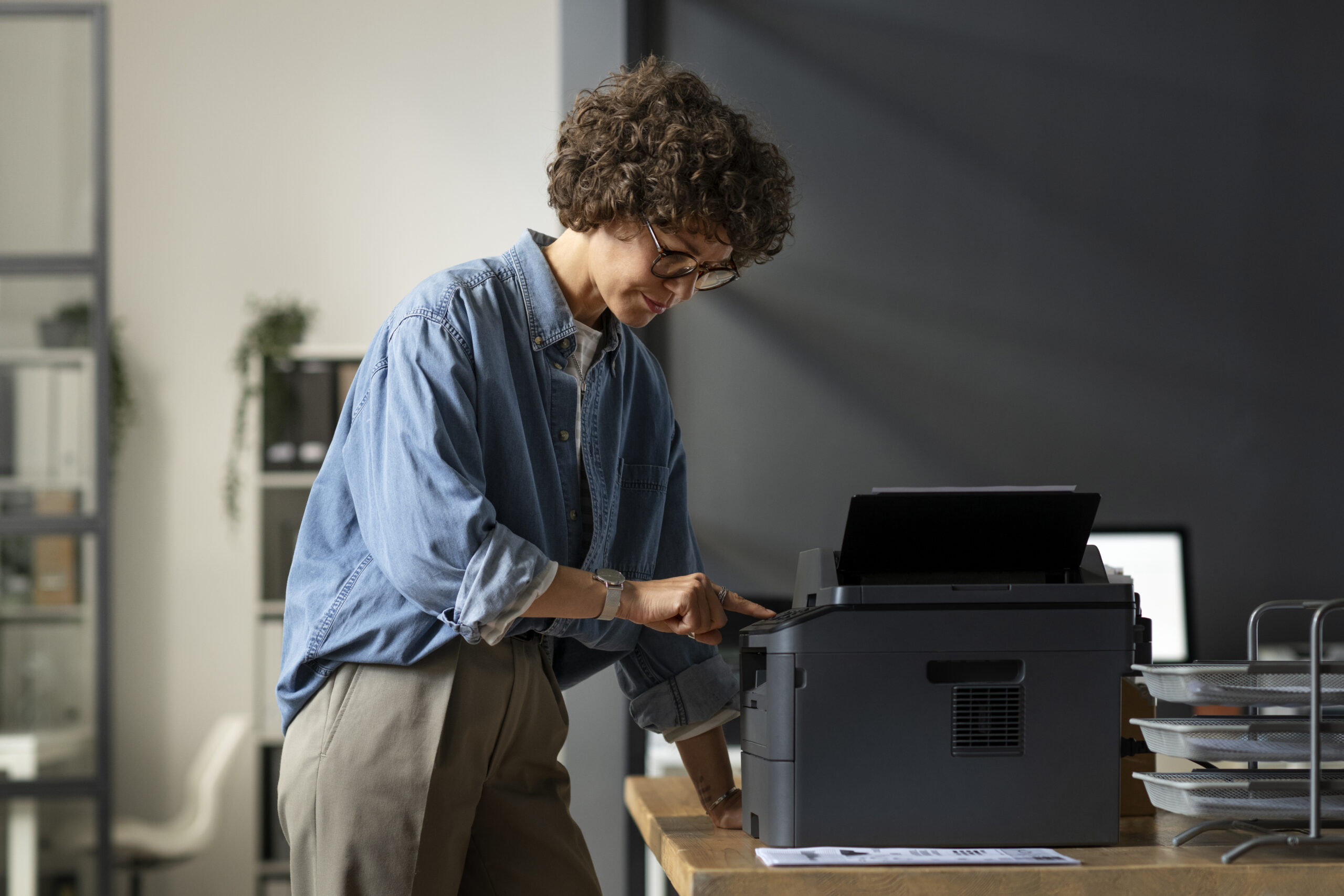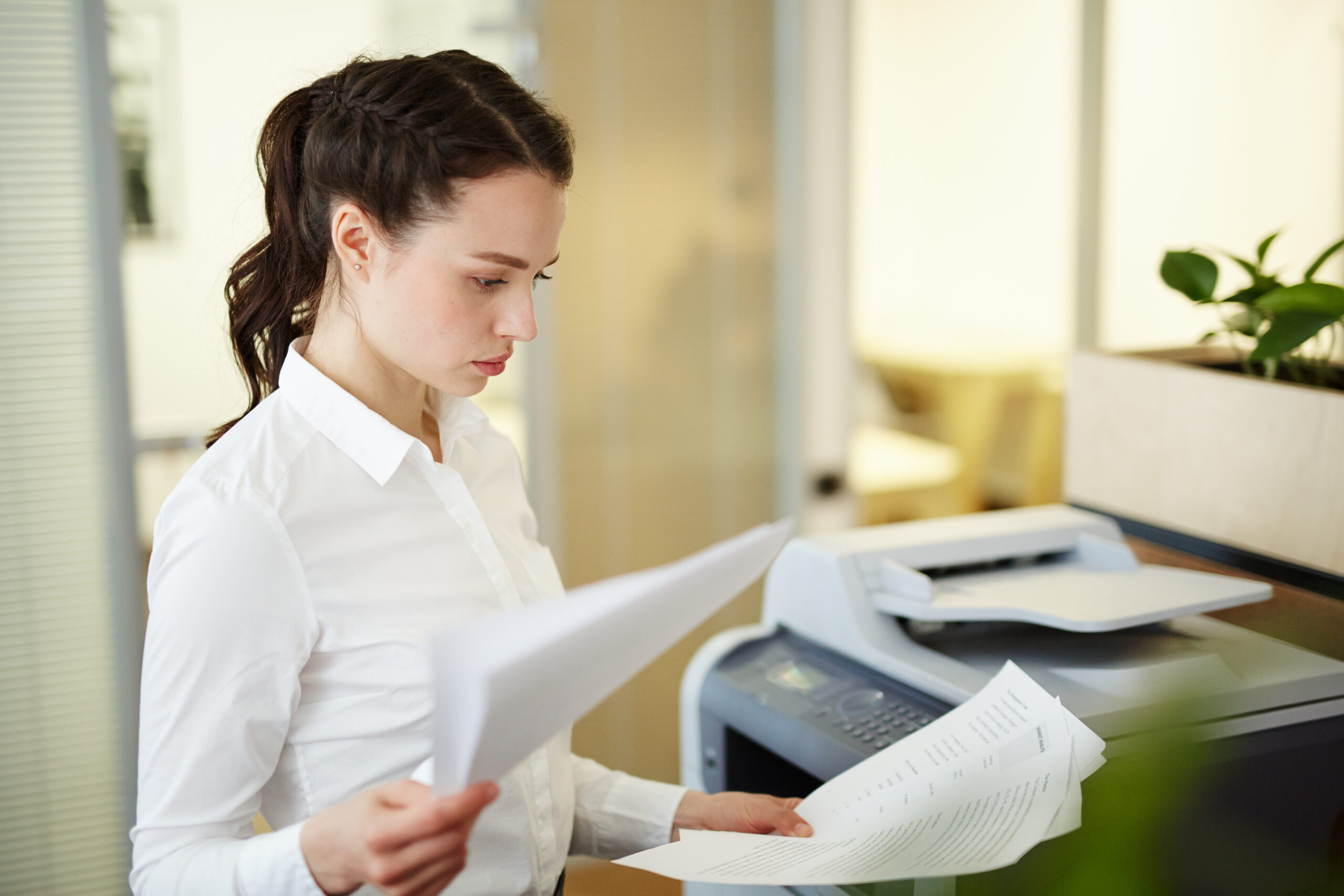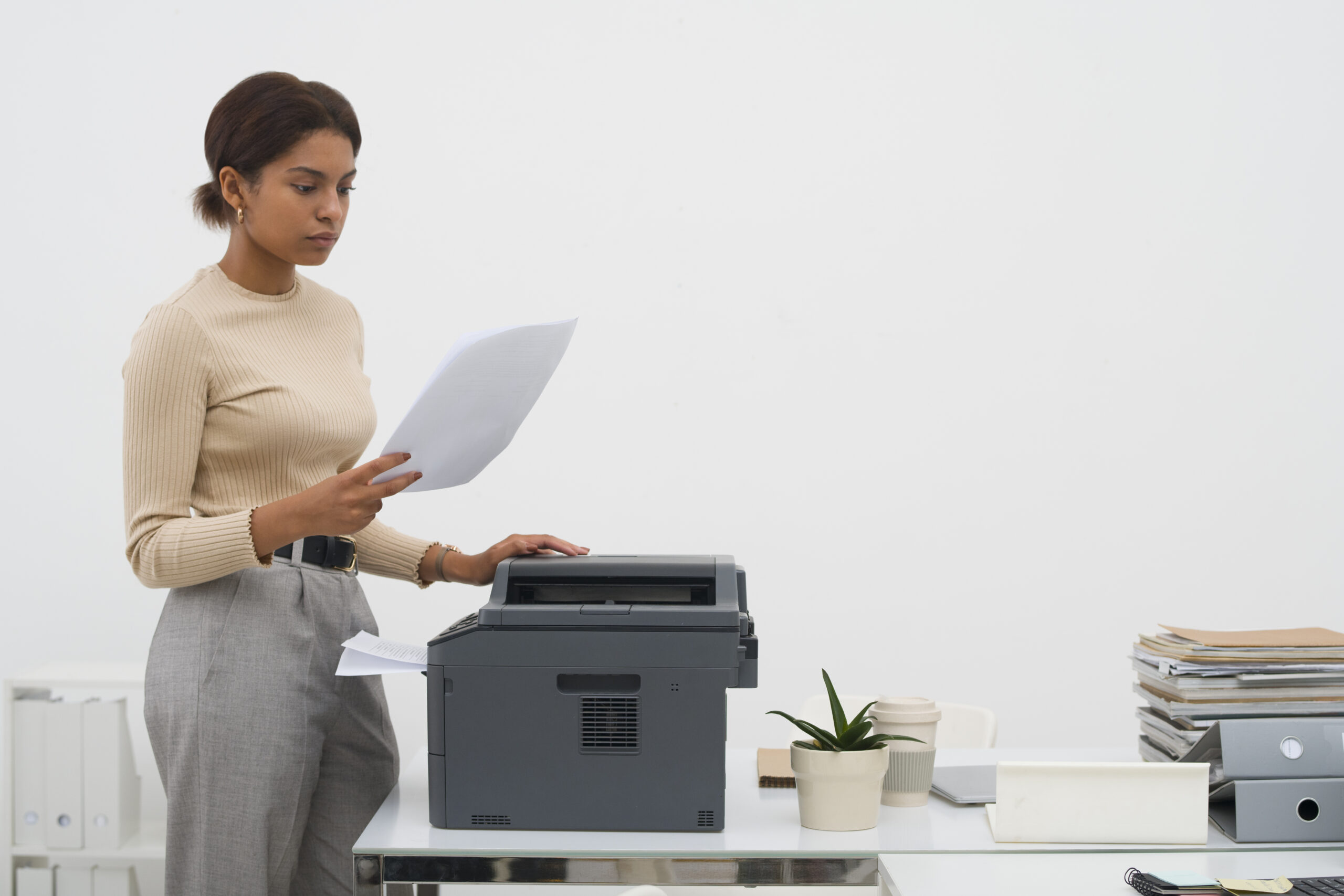Choosing the Right Paper for Home and Office Printing

Introduction: Why Paper Choice Really Matters
Most people think that print quality depends entirely on the printer model or the type of ink and toner used. While these are undeniably important, one crucial factor often gets overlooked — the paper itself. Paper is not a passive medium. It actively interacts with ink, toner, and the mechanical feeding process. The wrong paper can cause smudging, streaks, jams, or faded results, even in a high-end printer. The right paper, on the other hand, elevates the print, making colours pop, text sharp, and documents look professional.
Whether you’re working from home, managing a busy office, or running a small creative studio, choosing the right paper saves money, reduces frustration, and ensures reliability. This guide goes far beyond generic advice, diving into different types, properties, applications, and long-term storage practices. By the end, you’ll know exactly what paper suits your everyday reports, photographs, presentations, and archival needs.

Types of Printing Paper: An Overview
The world of printing paper is more diverse than many realise. At a glance, sheets may look similar, but each has unique qualities tailored for different uses. Here are the main categories:
1. Plain Copy Paper
This is the most common type, used for everyday printing in homes and offices. Typically between 70–90 GSM (grams per square metre), plain paper is thin, lightweight, and cost-effective. It works for text documents, drafts, and basic reports. However, it lacks brightness and durability for premium tasks.
2. Inkjet Paper
Designed with a special coating, inkjet paper absorbs liquid ink without spreading. This prevents smudging and keeps colours sharp. It is available in matte, glossy, and satin finishes, making it ideal for photos, marketing materials, and designs where colour accuracy matters.
3. Laser Paper
Unlike inkjet models, laser printers use heat to bond toner to paper. Laser paper is engineered to withstand this process without curling or scorching. It often has a smoother finish, allowing toner to adhere cleanly and giving text documents a professional edge.
4. Photo Paper
Photo paper comes in glossy, semi-gloss, satin, and matte finishes. It is thicker than standard sheets (typically 180–300 GSM) and is coated to deliver vibrant, long-lasting prints. High-end photo paper is often acid-free to resist yellowing over time.
5. Cardstock
Cardstock, or cover stock, is thicker and sturdier than standard paper, ranging from 160–350 GSM. It’s used for business cards, postcards, invitations, and covers. Not all printers can handle heavy cardstock, so always check device specifications before use.
6. Specialty Papers
Beyond the basics, there are countless specialty papers — from textured stationery to adhesive labels, envelopes, recycled paper, and archival-quality sheets. Each serves a unique purpose, often for professional, creative, or industrial printing needs.
Key Properties of Paper: What You Need to Know
When selecting paper, you’ll come across several technical terms. Understanding these ensures you pick the right paper for your printer and project.
Weight (GSM)
Measured in grams per square metre, GSM indicates thickness and sturdiness. 80 GSM is typical for everyday printing. Heavier paper (120–160 GSM) feels more professional, while 200+ GSM enters the realm of cardstock. Be mindful: heavier paper may not feed well in basic home printers.
Brightness
Brightness measures how much light the paper reflects. Higher brightness (90+) gives sharper contrast and makes colours stand out. For text documents, medium brightness is often sufficient. For photographs or graphics, higher brightness delivers superior results.
Opacity
Opacity refers to how much light passes through the paper. Low opacity means text or images may show through to the other side — an issue for double-sided printing. For duplex work, always choose high-opacity paper to prevent transparency.
Finish and Coating
Paper can be uncoated (plain) or coated. Coatings can add gloss, satin, or matte textures. Glossy finishes enhance colours, while matte finishes reduce glare and suit formal documents. Coatings also affect ink absorption and drying time.
Acidity and Archival Quality
Paper with high acidity yellows and deteriorates faster. Acid-free, lignin-free paper is recommended for long-term storage of photos, certificates, and records. Archival-quality paper ensures documents remain intact for decades.
Applications: Matching Paper to Printing Needs
Not every paper suits every purpose. Choosing correctly for each scenario saves money, reduces waste, and ensures the best results. Let’s break it down:
Everyday Office Documents
For memos, drafts, internal communication, and notes, standard 75–80 GSM copy paper is enough. It’s affordable, runs well in bulk, and balances quality with cost efficiency. Double-sided printing is possible if you choose a slightly higher opacity.
Business Reports and Presentations
First impressions matter in business. Use 90–120 GSM paper for reports, contracts, and presentations. The weight feels more substantial in the hand, projecting professionalism. Consider bright white for contrast, or a subtle cream for elegance.
Photographs and Graphics
Photos demand specialised coated paper. Glossy finishes make colours vibrant but can glare under light. Matte finishes reduce reflections and give an art-like look. For high-resolution graphics, use premium inkjet photo paper with high brightness and archival properties.
Marketing Materials
Brochures, flyers, and posters benefit from mid- to heavyweight coated paper (130–200 GSM). Coatings add polish, while sturdier stock withstands handling. Always choose paper optimised for your printer type — glossy for inkjets, laser-compatible gloss for laser printers.
Creative and Specialty Printing
Greeting cards, invitations, and custom projects often require cardstock or textured specialty paper. Here, creativity leads — embossed finishes, pearlescent sheens, or recycled textures can all add unique personality to prints.

Buying Guide: How to Choose the Right Paper
When you’re at the shop or scrolling online, hundreds of paper options can overwhelm you. Here’s a structured approach:
- Check printer compatibility: Inkjet vs laser, weight limits, duplex support.
- Decide based on use: Drafts → plain copy paper; business → midweight bright paper; photos → coated inkjet paper.
- Balance cost and quality: Premium paper gives better results but isn’t always needed for bulk printing.
- Look for sustainability: FSC-certified, recycled, or acid-free options reduce environmental impact.
- Test small packs first: Before committing to bulk, try a ream to ensure feed and output quality.
Paper Storage and Handling Best Practices
Even the best paper fails if stored improperly. Moisture, dust, and heat all affect performance. Follow these steps:
- Keep paper sealed until use. Open packs attract humidity.
- Store flat, never upright, to prevent curling.
- Avoid direct sunlight, which can fade brightness over time.
- Allow paper to acclimate to room temperature before printing — especially in humid climates.
- Use trays correctly: don’t overload, fan sheets before loading, and ensure guides are snug but not tight.
Sustainability: Eco-Friendly Paper Choices
Printing inevitably consumes resources, but thoughtful paper choices reduce impact. Sustainable options include:
- Recycled paper: Modern recycled paper is high-quality, suitable for both inkjet and laser printing.
- FSC-certified paper: Ensures wood comes from responsibly managed forests.
- Acid-free and chlorine-free paper: Safer for long-term storage and less harmful to the environment.
Balancing eco-friendliness with performance is possible. Many offices now standardise on recycled or FSC-certified paper for everyday tasks, reserving premium glossy stock for essential presentations.
FAQs
What GSM is best for home printing?
For everyday home use, 75–90 GSM works well. For more professional results, consider 100–120 GSM. This weight reduces show-through and feels more substantial in hand.
Can I use photo paper in a laser printer?
No. Inkjet photo paper has a coating designed to absorb liquid ink. In a laser printer, the heat may melt the coating and damage the machine. Always choose laser-compatible glossy or coated stock.
Why does my paper curl after printing?
Curling happens when paper absorbs heat or moisture unevenly. Using the correct paper type, storing it flat in sealed packs, and adjusting media settings in the printer can prevent curling.
What paper is best for double-sided printing?
High-opacity paper, usually 90 GSM or above, prevents text and images from bleeding through to the other side. Heavier matte papers are ideal for duplex printing.
Is recycled paper lower quality?
Not anymore. Advances in recycling technology produce smooth, bright sheets that are suitable for both inkjet and laser printing. Only specialised tasks (e.g., archival or fine art prints) may still require virgin paper.
Which paper finish is best for presentations?
Glossy and satin finishes enhance colour vibrancy, making charts and images pop. For a more professional, glare-free look, matte coated paper is preferred.
Can I mix paper types in one print job?
Yes, but most printers are optimised for a single type at a time. If you mix, ensure each tray is loaded with the correct stock and adjust the driver settings to avoid jams or misfeeds.
What’s the difference between bond paper and copy paper?
Bond paper is slightly heavier (typically 90–100 GSM) and has a higher quality finish, making it ideal for professional correspondence. Copy paper is lighter (75–80 GSM) and intended for everyday office printing.
How long can paper be stored before it degrades?
Paper stored in sealed reams, away from sunlight and humidity, can last for years without noticeable degradation. Acid-free paper has an even longer archival life.
Does brightness level really affect print quality?
Yes. Higher brightness (90+) delivers sharper contrast, especially for images and colour documents. Lower brightness (70–80) is fine for drafts and bulk text, but may look dull for professional outputs.
